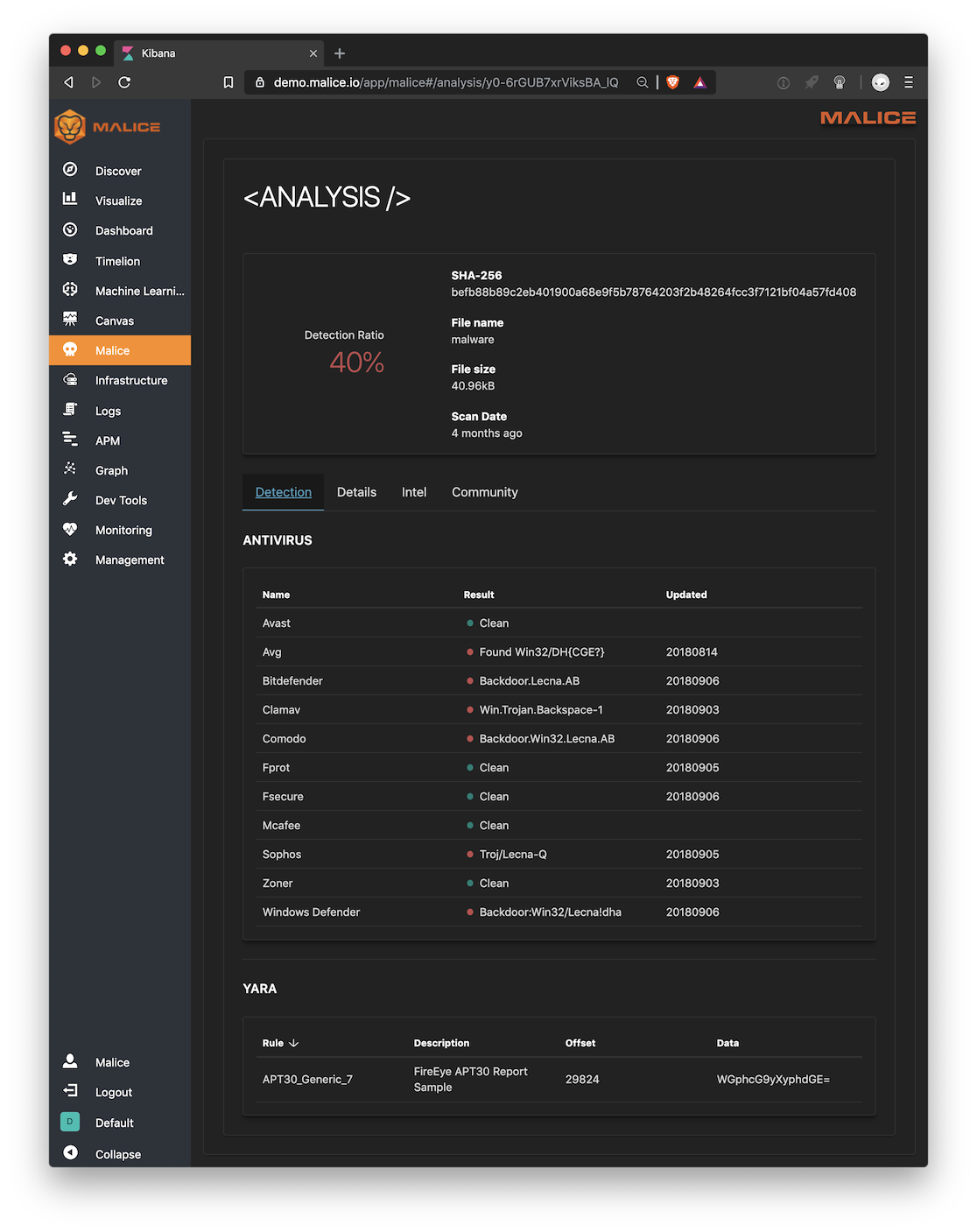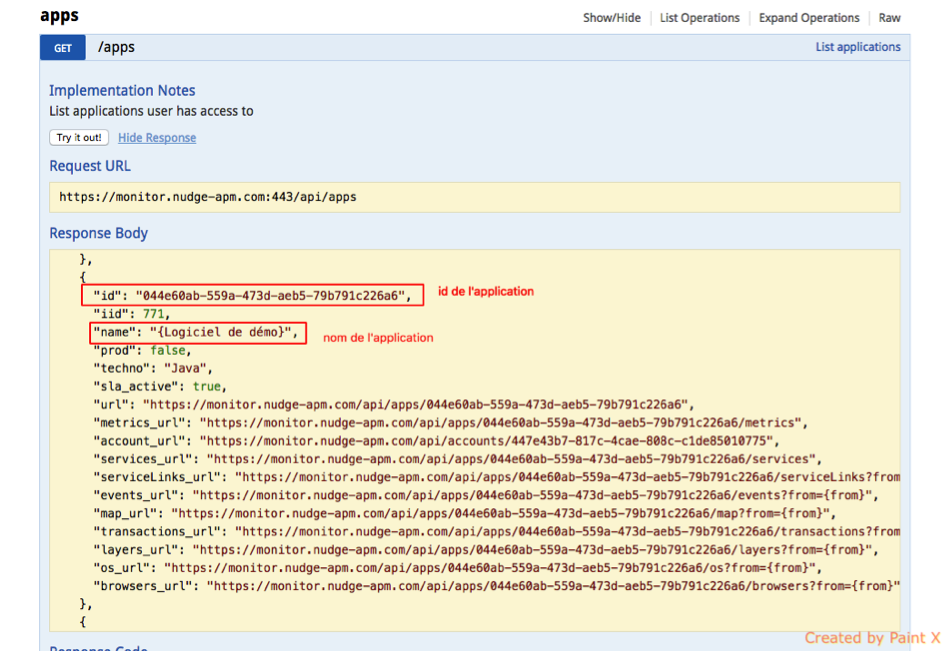Download Kibana or the complete Elastic Stack (formerly ELK stack) for free and start visualizing, analyzing, and exploring your data with Elastic in minutes. Free Download Manager for Mac. Free Download Manager for Mac is a powerful, easy-to-use and absolutely free download accelerator and manager. Moreover, FDM is 100% safe, open-source software distributed under GPL license. The Kibana can be downloaded from this link: Kibana Downloads; choose the file that supports your operating system. For past realese of kibana use this webpage kibana past release; Install kibana using apt-get. To install kibana you need to find out which version of elastic search is installed on your system.
- Download Kibana For Windows
- Kibana 7.6.0 Download
- Kibana Download Data
- How To Use Kibana
- What Is Kibana Software
curl -O https://download.elasticsearch.org/logstash/logstash/logstash-1.4.0.tar.gz mkdir /usr/local/logstash tar zxvf logstash-1.4.0.tar.gz -C /usr/local/logstash Once we have log stash, we’ll grab elastic search similarly: Download Kibana For Windows

curl -O https://download.elasticsearch.org/elasticsearch/elasticsearch/elasticsearch-1.0.1.tar.gz mkdir /usr/local/elasticsearch tar zxvf elasticsearch-1.0.1.tar.gz -C /usr/local/elasticsearch Then we’ll untar kibana in the same manner: curl -O https://download.elasticsearch.org/kibana/kibana/kibana-3.0.0.tar.gz mkdir /usr/local/kibana tar zxvf kibana-3.0.0.tar.gz -C /usr/local/kibana Next we’ll make a very simple config file that we call /usr/local/stashbox.conf that listens on port 514 for syslog: input { tcp { port => 514 type => syslog } udp { port => 514 type => syslog } } filter { if [type] 'syslog' { grok { match => { 'message' => '%{SYSLOGTIMESTAMP:syslog_timestamp} %{SYSLOGHOST:syslog_hostname} %{DATA:syslog_program}(?:[%{POSINT:syslog_pid}])?: %{GREEDYDATA:syslog_message}' } add_field => [ 'received_at', '%{@timestamp}' ] add_field => [ 'received_from', '%{host}' ] } syslog_pri { } date { match => [ 'syslog_timestamp', 'MMM d HH:mm:ss', 'MMM dd HH:mm:ss' ] } } } output { elasticsearch { host => localhost } stdout { codec => rubydebug } } Next, we’ll enable elastic search: /usr/local/elasticsearch/elasticsearch-1.0.1/bin/elasticsearch And finally, in a different window we’ll call logstash with that file as the config file: /usr/local/logstash/logstash-1.4.0/bin/logstash -f /usr/local/stashbox.conf Having each of these open in different Terminal windows allows you to see logs in stdout. Next, point a host at your new syslog box. You can use https://krypted.com//windows-server/use-syslog-on-windows for installing Windows clients or https://krypted.com//mac-security/redirect-logs-to-a-syslog-server-in-os-x/ for a Mac. Once done, let’s get Kibana working. To do so, first edit the config.js. vi /usr/local/kibana/kibana-3.0.0/config.js Locate the elastic search setting and put the name of the host running logstash in there (yes, it can be the same as the actual logstash box as long as you install a web server on the logstash box). Then save the changes. Now move the contents of that kibana-3.0.0 folder into your web directory. Let’s say this is a basic OS X Server, that would be: cp -R /usr/local/kibana/kibana-3.0.0/* /Library/Server/Web/Data/Sites/Default/ You can then check out your Kibana site at http://localhost or http://localhost/index.html#/dashboard/file/logstash.json for the actual search pages, which is what I’ve bookmarked. For example, to see the impact of periodic scripts in System Logs:
You can then check out your Kibana site at http://localhost or http://localhost/index.html#/dashboard/file/logstash.json for the actual search pages, which is what I’ve bookmarked. For example, to see the impact of periodic scripts in System Logs: At the end of this section, you will have all you need to check and visualize OCDS format Contracting data.
In order to have a better understanding of this section, it is recommended to be familiar with the command terminal:
Goals¶
- Starting an ElasticSearch server with Kibana.
- Uploading the Contracting published data in a format that is easy to check.
- Checking data.
This example project has been developed to effortlessly start any of the 3 services.
Prerequisites¶
- Open the Operative System’s command terminal
- Unzip the downloaded file and access the folder that has just been created
- Command line command:
cdManualKibanaOCDS-master
Start Server Container with ElasticSearch and Kibana¶
Now we can start the server by executing the following command in the terminal:

elastic-kibana.yaml. Here, we specify both programs should start.After some minutes, depending on available resources, we should be able to open this linkhttp://localhost:5601/app/kibana and Kibana should appear as available.
From now on, ElasticSearch and Kibana will be ready to use, even though we still do not have available data.
Upload OCDS data to ElasticSearch¶
For this process, we should start the terminal at the folder elk-gobmx-csv-master/pipeline:
Downloading data packages¶
If we want to work with all the Contracts published in OCDS standard without taking into account the last data published,we should first be sure we have downloaded Contracts in OCDS format by json package, published on the websitedatos.gob.mx
contratacionesabiertas_bulk_paquetes.json.zip and its size is about 310.5 MB.It is important to mention that this information is recognized with OCDS standard through the following formatrecordPackages or Record Package; all tools and codes included in this manual use this format. In order to use another one, such as releases or releasePackages, or another structure non-defined by OCDS standard, it would be required to modify the code.

Now, we need to unzip contratacionesabiertas_bulk_paquetes.json.zip file, which will create multiple.json files inside a folder:
IMPORTANT: We must know the full file path of .json files to this folder, as it will be necessary for the upload stage.
Let’s suppose that the files were downloaded and unzipped inside the same operative system Download file. Its path should be1
- Linux/Ubuntu/Mac:
/home/{username}/DownloadWe can shorten it as$HOME/Download - Windows:
C:Users{username}DownloadWe can shorten it as%HOMEPATH%Download
When it is confirmed or we could get the path to the files folder, we can continue.
Processing and uploading data¶
IMPORTANT¶
The current process specifically uploads the compiledRelease part of each OCDS document, in order to analize the last version available among OCDS releases. We recommend to read previous chapters before continuing
In this same folder, we have another tool designed for data upload. It also uses a Docker container. We will just use two commands: the first one is to get the container ready and the second one to execute it.
Kibana 7.6.0 Download
Once finished, we can execute the upload process according to the available operating system.
Linux/Ubuntu o Mac
Kibana Download Data
Windows
The screen now must show the process information. This could take some minutes.
After finishing everything successfully, this caption should pop up: Uploadsuccessfullycomplete and Kibanaisreadytouse.
Now, we can visit [Kibana] web page(http://localhost:5601/app/kibana) and see all data uploaded.
To know more about technical details on how to upload data, we will explain next how to use LogStash for this process.
Extra: Download OCDS data directly from datos.gob.mx API¶
Previously, we explained how to download the OCDS dataset through a single file. In this section, we will introduce an alternative to download only the contracts we are looking for or the most updated contracts that have not been published yet in the final file. For this, we will use the API of datos.gob.mx, provided by the Mexican government.
In order to download and manipulate data, the following tools will be used: cURLand jq.
curl command will enable us to download information automatically and jq command will help us togive a user-friendly format to JSON data.At a lager stage, this manual includes a brief introduction to jq.Both programs can be installed locally. For example, for Linux Ubuntu, it can be done with an instruction such as:
For Windows or Mac, we should download the executable files separately, but we can also use thedocker container included in the current code. To this effect, we should only execute the following docker command:
How To Use Kibana
$HOME/ is a shortcut only for Linux and Mac, in Windows we shall use %HOMEPATH%When this command is executed, we will get a new command line, which must look like this:
In this command line, we can execute the following commands.
To download the last 100 contracting processes and keep them in a .json file:
To download the contracting processes that involve a certain business unit (unidad compradora)(currently limited to 1000, but can be changed):
In order to understand this last command, we will detail each section:
- Firstly,
curlcommand is used. - Secondly, this URL API based is included: https://api.datos.gob.mx/v2/contratacionesabiertas.
- Next, we have the filter parameters:
records.compiledRelease.parties.name: filters according to that field value, that is, the name of some sections in the contract.pageSize: details how many results per requestpage: allows browsing through pages, in case there is more than one.
- Afterwards, we will use the
jqcommand to extract only the results. - Lastly, we specify the name of the file in which the results will bestored. It is important that the filename reflects the search query,to avoid mix-ups.
What Is Kibana Software
